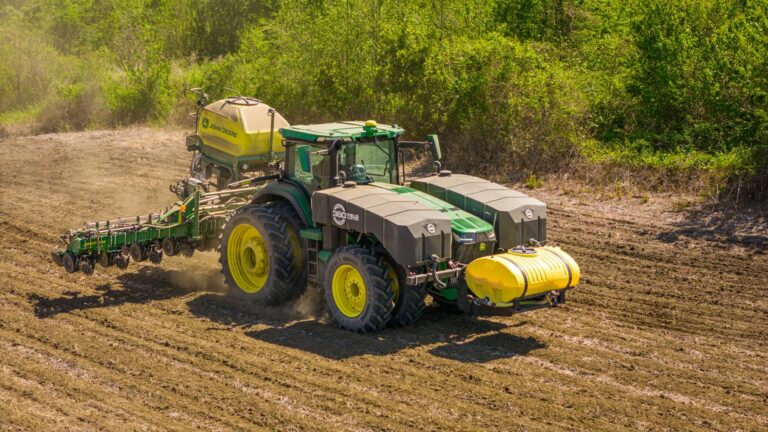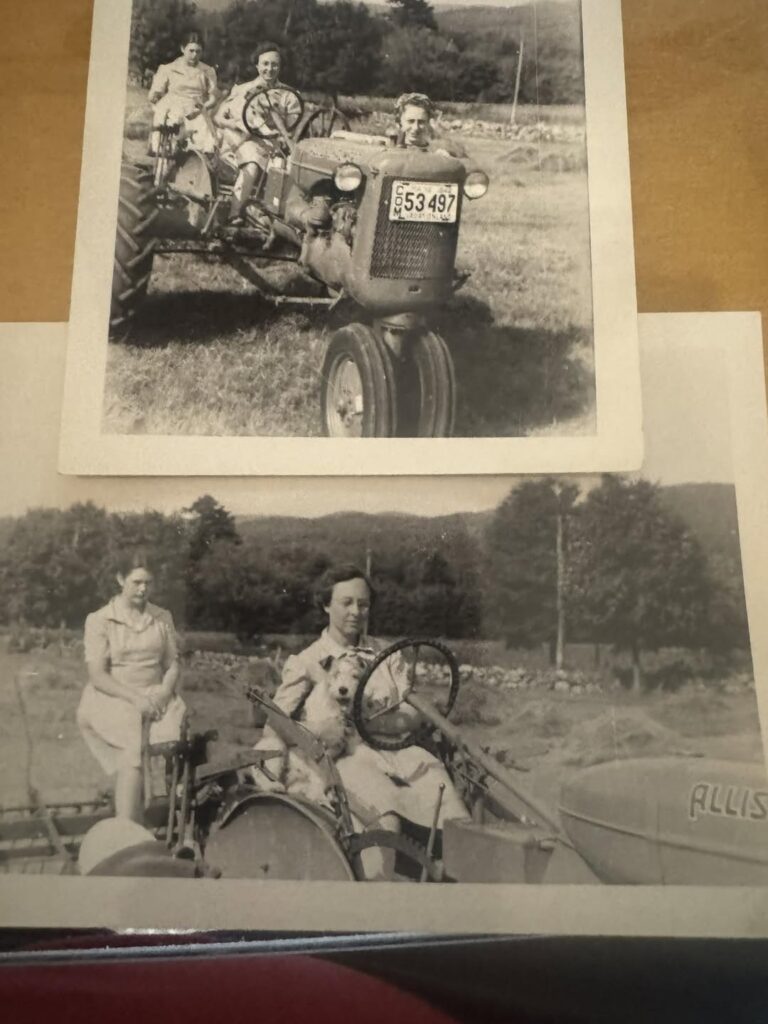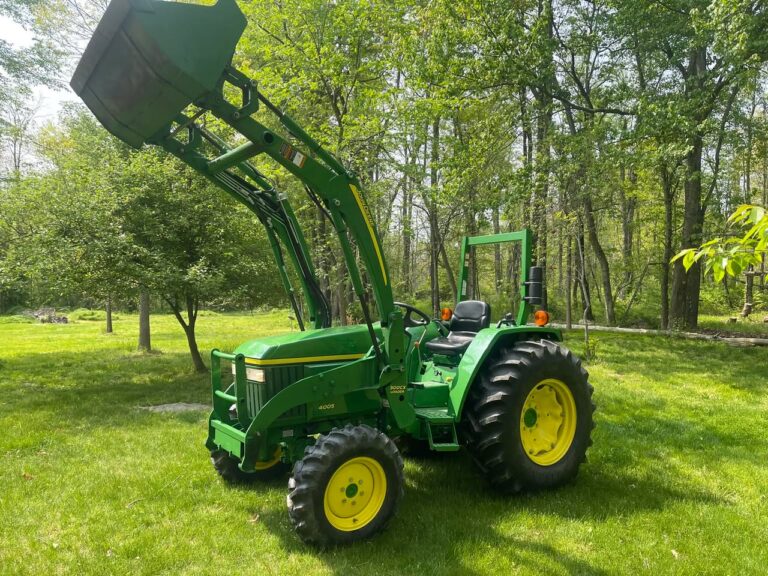In the world of agriculture, construction, and even transportation, the term tractor often comes up as an essential piece of machinery. But what is the definition of a tractor? While many people recognize a tractor as a farming vehicle, its actual role and definition encompass a broader range of uses and technical functionalities.
In this in-depth article, we’ll explore the precise definition of a tractor, its history, various types, uses, and key components. Whether you’re a student, farmer, or simply curious, this guide aims to provide a detailed understanding while maintaining best practices for SEO and online readability.
What Is the Definition of a Tractor?
The definition of a tractor can be summarized as follows:
A tractor is a powerful motor vehicle specifically designed to deliver a high tractive effort (torque) at slow speeds to hauling trailers, machinery, or agricultural implements. Tractors are primarily used in farming, construction, and industrial applications.
This means a tractor is not just a vehicle—it is a versatile machine built for strength and utility rather than speed or passenger comfort. Unlike a car or a truck, which is designed for transportation, a tractor is optimized for pulling heavy loads, powering equipment, and performing tasks in rugged or off-road environments.
The Origin and Evolution of Tractors
To understand the modern definition of a tractor, it’s helpful to look back at its history.
Early Beginnings
Before tractors existed, farmers relied on oxen, horses, or mules to plow fields and transport heavy loads. In the late 19th century, the first steam-powered tractors were developed to reduce the reliance on animal power. These early machines were large, heavy, and difficult to maneuver.
The Internal Combustion Era
The early 20th century marked a revolution in tractor design with the introduction of the internal combustion engine. In 1902, the first successful gasoline-powered tractor was created by Charles W. Hart and Charles H. Parr, who also coined the term “tractor” by blending the words “traction” and “motor.”
Since then, tractors have undergone massive improvements engine power, efficiency, and versatility.
Key Characteristics of a Tractor
To truly define what a tractor is, we must understand the characteristics that distinguish it from other vehicles.
1. High Torque at Low Speeds
Tractors are designed to operate at slow speeds while producing a high amount of torque. This allows them to pull or push heavy loads, even over rough terrain.
2. Power Take-Off (PTO)
Most modern tractors include a feature called Power Take-Off (PTO). This allows the engine to transfer power to attached implements such as mowers, balers, and harvesters.
3. Versatility
Tractors are built to accommodate a wide variety of attachments and implements. This makes them useful in many sectors—agriculture, landscaping, forestry, and construction.
4. Four-Wheel Drive and Large Tires
Tractors often come with large, durable tires and a four-wheel drive system to handle muddy fields, steep hills, and other difficult terrains.
Types of Tractors
The definition of a tractor can vary slightly depending on its intended use. Here are the most common types of tractors:
1. Agricultural Tractors
Also known as farm tractors, these are the most common type. They are used for plowing, planting, cultivating, and harvesting. Subcategories include:
- Utility tractors
- Row crop tractors
- Orchard tractors
- Garden tractors
2. Industrial Tractors
These are used in construction and industrial applications. They often have attachments like loaders or forklifts.
3. Compact Tractors
Smaller in size but still powerful, compact tractors are ideal for landscaping, gardening, and smaller-scale farming tasks.
4. Track Tractors
Instead of wheels, these tractors use continuous tracks, like tanks. They offer better traction in soft soil and are used in large-scale agriculture or rough terrain.
5. Autonomous Tractors
The newest addition to the tractor family, these are driverless and operate using GPS, sensors, and AI technology. They are still in development but represent the future of farming.
Main Components of a Tractor
Understanding the structure of a tractor further solidifies its definition. The main components include:
1. Engine
The engine is the powerhouse of the tractor, typically powered by diesel due to its efficiency and torque.
2. Transmission
Modern tractors feature manual, semi-automatic, or fully automatic transmissions to control speed and torque output.
3. Chassis
The chassis is the backbone of the tractor, supporting the engine, cab, and wheels.
4. Hydraulic System
Hydraulics are crucial for lifting and controlling attached implements.
5. Cab
The cab houses the operator’s seat and controls. It may be open or enclosed, depending on the model.
Common Uses of Tractors
So, beyond knowing the definition, what is a tractor used for? Here are the main applications:
1. Agricultural Work
- Plowing fields
- Planting seeds
- Spraying pesticides or fertilizers
- Harvesting crops
- Towing trailers and equipment
2. Construction Work
- Excavating
- Grading
- Demolishing
- Transporting heavy materials
3. Landscaping and Groundskeeping
- Lawn mowing
- Tree planting
- Snow removal
4. Forestry
Tractors are used in logging operations to haul timber and clear land.
Tractors and Modern Technology
The definition of a tractor is evolving with technological advances. Modern tractors are now equipped with:
- GPS navigation systems
- Autonomous steering
- IoT sensors for performance tracking
- Telematics systems for fleet management
- Advanced climate-controlled cabs
These innovations enhance efficiency, reduce fuel consumption, and lower the margin of human error.
How to Choose the Right Tractor
If you’re looking to buy or operate a tractor, understanding your needs is crucial. Ask yourself:
- What tasks will the tractor perform?
- What size and horsepower do I need?
- What attachments are required?
- Is the terrain rough or flat?
- Do I need a 2WD or 4WD model?
These questions will help you select a tractor that matches your operational needs and budget.
Conclusion
What is the definition of a tractor? It’s more than just a farming vehicle—it’s a powerful, versatile machine that serves as the backbone of many industries. From agricultural fields to construction sites, tractors play a pivotal role in enhancing productivity, reducing manual labor, and performing tasks that would otherwise be impossible or inefficient.
Understanding the different types, features, and functions of tractors helps not only in appreciating their importance but also in making informed decisions when selecting one for personal or professional use.
If you’re interested in learning more about tractors, their maintenance, or the latest models, stay tuned for future guides and reviews. Tractors may have started as simple mechanical aids, but they are now vital components of modern industry and agriculture.



